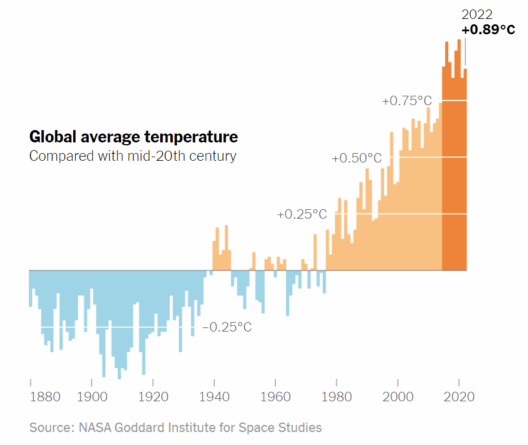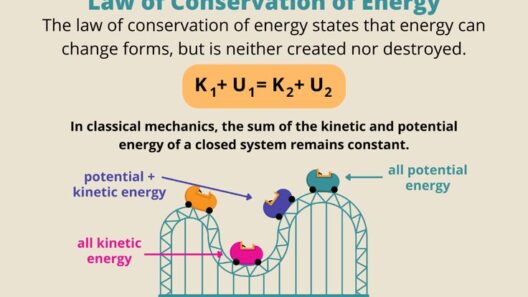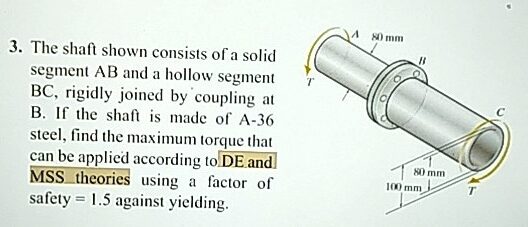In the conversation surrounding energy conservation, acronyms often provide a dense layer of complexity, obscuring the core concepts they represent. One such acronym that is particularly salient in this discourse is ECM, which stands for Energy Conservation Measurement. Embracing an understanding of ECM is tantamount to navigating the labyrinthine pathways of modern energy utilization, where efficiency is the beacon guiding us through the fog of consumption.
At its essence, ECM encapsulates the strategies and methodologies deployed to enhance energy efficiency within various systems, be they industrial, commercial, or residential. Like a maestro conducting a symphony, ECM orchestrates the elements of energy consumption to minimize waste while enhancing performance. This multifaceted approach can be likened to a complex, interwoven tapestry, where each thread–each measurement and strategy–contributes to the overall function and aesthetic of energy use.
Understanding the importance of ECM necessitates an exploration of the multifarious forms it can take. Indeed, ECM is not a monolith; it thrives in variety. One might encounter ECM in the context of diagnostic tools, building energy audits, or optimization of operational processes. Each facet contributes to a broader understanding of how energy is consumed and conserved.
First, energy audits represent an indispensable cornerstone of ECM. They serve as the initial examination in a medical check-up for buildings and facilities, pinpointing inefficiencies akin to a doctor diagnosing an ailment. These audits involve scrutinizing energy usage patterns, identifying waste, and proposing actionable adjustments. A building may appear healthy on the surface but, much like an undiscovered malady, undisplayed inefficiencies lurk within its energy systems. The audit unveils these inefficiencies, providing a roadmap to rectify them.
Moreover, ECM extends into the realm of smart technology. Building Management Systems (BMS) operate as the nerve center of energy conservation. Imagine a brain, orchestrating myriad bodily functions; a BMS does the same for energy systems within a facility. It gathers data, analyzes usage patterns, and automatically adjusts energy flows, ensuring that systems are not left running when unneeded—much like adjusting the thermostat on a chilly winter day when one steps out for errands.
Furthermore, the act of retrofitting existing structures serves as another critical layer of ECM. Such an endeavor is akin to remodeling an old home. By updating insulation, windows, and HVAC systems, we enhance not only the aesthetics but also the functionality. It is a practical manifestation of ECM—investing in the preservation of resources by adapting and upgrading. This visionary act signals a commitment to sustainability and a willingness to evolve.
The merits of implementing ECM extend beyond mere conservation; they encapsulate profound economic impact as well. The integration of energy-efficient systems often results in substantial cost savings over time. This dual advantage—environmental responsibility intertwined with fiscal prudence—is a siren call to businesses and households alike. Indeed, the investment in ECM measures yields dividends far beyond the immediate, forging pathways toward sustainable living that resonate with the ideals of future generations.
However, the dynamic realm of ECM is not without its challenges. Compliance with regulations and standards can be daunting. Navigating the regulatory landscape can be as intricate as traversing a maze, where missteps can lead to costly repercussions. Organizations must remain vigilant, ensuring that their practices align with both local and global standards aimed at energy conservation.
In this narrative of ECM, public engagement also plays a crucial role, akin to the collaborative effort of a community banding together for a common cause. Awareness initiatives promote the understanding of energy conservation principles among the broader populace. Education serves as the scaffolding upon which societal attitudes can shift—empowering individuals to make informed choices about energy usage in their daily lives.
The cultural significance of ECM cannot be overstated. It offers a lens through which society may re-evaluate its relationship with energy. With escalating concerns about climate change and environmental degradation, ECM becomes a clarion call for change, urging collective action and individual accountability. This paradigm shift, akin to the metamorphosis of a caterpillar into a butterfly, necessitates a fundamental change in understanding and behavior. Energy conservation is not merely a technical exercise; it is an ethical imperative.
Furthermore, the global implications of ECM echo far beyond local borders. As countries scramble to meet international climate agreements, the principles of ECM become vital. They serve as critical pillars in the edifice of worldwide energy policies. Each effort to minimize energy consumption contributes to a collective movement towards a more sustainable future, resisting the gravitational pull of wasteful practices.
As we reflect on the concept of ECM, it is essential to recognize its unique appeal. It encapsulates a dual promise: one of efficiency and sustainability. By embracing ECM, we honor both our present and future, marrying technological advancement with environmental stewardship. It provokes a re-evaluation of our consumption habits, urging a shift in perspective that sees energy not merely as a commodity, but as a shared resource, essential and finite. In a world increasingly defined by its environmental challenges, understanding and implementing ECM becomes not only relevant but essential.
In conclusion, the acronym ECM—Energy Conservation Measurement—serves as a vital keystone in the structure of energy efficiency and sustainability. Through audits, smart technology, retrofitting, and public engagement, ECM embodies life-harmonizing principles that resonate across all facets of society. By adopting and propagating these practices, we not only ensure the preservation of our planet’s resources but also pave the way for a future where energy is utilized judiciously and responsibly.







